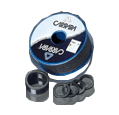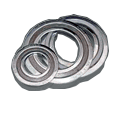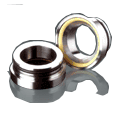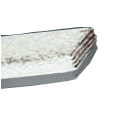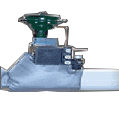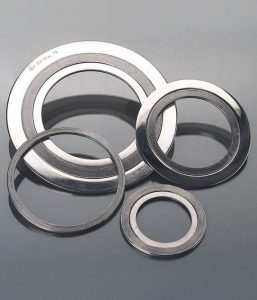A Guide On How To Properly Inspect Your Gaskets
If you rent your home, you’ll know property managers conduct inspections. It’s probably the most diligent inspection you’ll ever see, walking around your home, nosey-ing about and watching every wall, corner and skirting board like a hawk.
Wouldn’t it be great if they could put their inspection skills towards something useful, like inspecting your gaskets? Gaskets are one of the most important pieces of equipment on your machinery, preventing leaks and ensuring it runs smoothly. So, how do we inspect our gaskets properly so that they continue to operate to the highest standards? The team at Steamline Engineering offer a guide on how to properly inspect your gaskets.
Check for leaks
The first step is to check for leaks in your gasket. If there are no signs of leakage, it means your gasket is doing its job properly. If there are leaks, then you’ll need to go about fixing or replacing the gasket, which we discuss a little later in this post.
Check to see that they fit 100% correctly
Over time, gaskets are prone to becoming misshapen and thus not fitting correctly over your equipment. When inspecting your gaskets, ensure that they fit nice and tight over your equipment and that they’re the exact right size. Misshapen gaskets, or ones that are not the exact right size, are far more prone to leaks.
Apply sealant if necessary
There’s an art to using sealant on your gasket. It takes some practice and experience but if you stick to the manufacturer’s suggestions, your endeavour should be successful.
The right amount of sealant
If you don’t use enough sealant, you’re risking leaks out of your gasket. But if you use too much, then you could clog other parts of your machine which is far less than ideal. That’s where the experts at Steamline come in handy.
Consult an expert
If you need to use a sealant on your gasket, talk to the experts at Steamline first. They’re specialists in gasket sales and installation and can tell you exactly how to get the best results from your gasket when using sealant.
If everything seems in order from the inspection, leave your gasket be
In some cases, you’ll find that your gasket doesn’t require a sealant – especially if they provide a really tight sealing of your machinery. They apply pressure on the seal interface using bolt force, creating a very tight and effective seal. The seal can often be so effective that no other sealing agent is required – an ideal situation if you’re using a gasket.
Steamline Engineering are Australia’s leaders in valves, gaskets, seals and a range of other industrial products. Focussing on quality products at affordable prices, Steamline have helped businesses across Australia by providing the best value for money gaskets and seals. Contact the team at Steamline to have one of their products shipped nation-wide.



